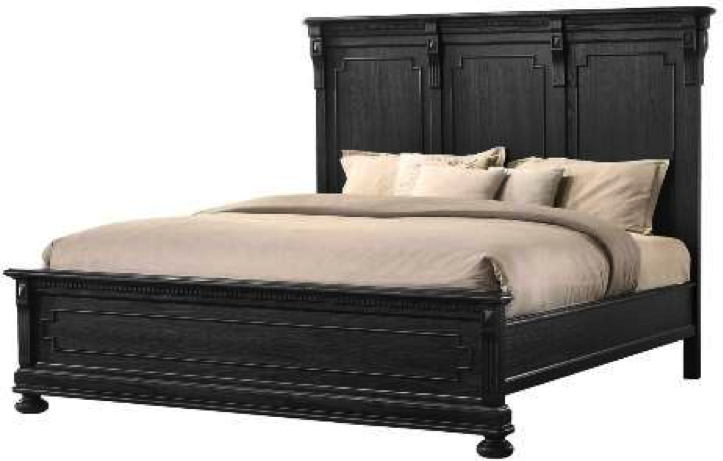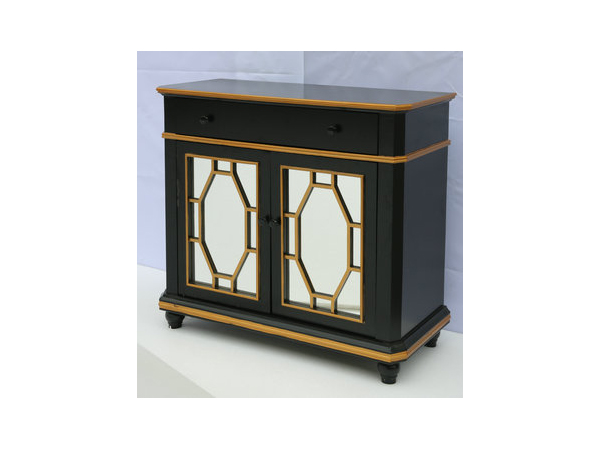No products in the cart.
Return To ShopElevating Your Presence: Crafting Distinctive Store Branding Strategies in a Competitive Market
In the bustling and crowded landscape of the furniture retail market, establishing a unique and memorable brand identity is not just a marketing strategy—it’s a necessity for long-term success. This comprehensive exploration delves into effective strategies that go beyond the ordinary, guiding furniture retailers on how to rise above the competition by crafting a distinctive store branding in a market saturated with options.
Understanding the Importance of Unique Store Branding
In a market flooded with choices, store branding serves as the face and personality of your business. It’s not merely about a logo or a color scheme; it’s about creating a lasting impression that resonates with your target audience. A unique store brand not only attracts customers but fosters loyalty and sets your business apart in the minds of consumers.
Crafting Your Unique Store Brand Identity
- Define Your Brand Essence: Start by clearly defining the essence of your brand. What values does your store uphold? What emotions do you want to evoke in your customers? Understanding these fundamental aspects will lay the foundation for your unique brand identity.
- Target Audience Understanding: Tailor your brand to resonate with your target audience. Conduct thorough market research to understand the demographics, preferences, and lifestyles of your customers. Aligning your brand with their aspirations and values creates a deeper connection.
- Distinctive Visual Identity: Your visual identity, including your logo, color palette, and typography, should be distinctive and reflective of your brand’s personality. Invest in professional design services to create visuals that stand out in a crowded market.
- Consistency Across Touchpoints: Ensure consistency in your brand representation across all touchpoints—whether it’s your website, social media, physical store, or promotional materials. Consistency builds brand recognition and fosters trust among consumers.
- Compelling Brand Storytelling: Craft a compelling brand story that communicates your values, mission, and unique selling points. Share this story across various channels to humanize your brand and create a narrative that resonates with your audience.
Building an Engaging In-Store Experience
- Store Layout and Design: The physical environment of your store is a crucial component of your brand. Create a store layout and design that not only showcases your furniture but also immerses customers in an experience aligned with your brand personality.
- Interactive Displays: Implement interactive displays that engage customers and allow them to experience your furniture in a tangible way. This not only enhances the shopping experience but also reinforces your brand’s commitment to innovation.
- Personalized Customer Service: Train your staff to provide personalized and exceptional customer service. The way your team interacts with customers directly impacts the perception of your brand. Friendly, knowledgeable, and attentive staff contribute to a positive brand image.
Strategic Marketing and Positioning
- Differentiation Strategies: Identify what sets your furniture store apart from the competition. Whether it’s unique product offerings, exclusive collaborations, or unparalleled customer service, emphasize these differentiators in your marketing efforts.
- Content Marketing with a Purpose: Develop a content marketing strategy that goes beyond showcasing products. Create content that educates, entertains, and adds value to your customers’ lives. This positions your brand as an authority in the industry and builds a community around your store.
- Strategic Partnerships and Collaborations: Explore partnerships and collaborations with other brands or influencers that align with your values. These collaborations can introduce your brand to new audiences and enhance its credibility. Partner with furniture suppliers with decades of experience in the furniture industry.
Measuring and Adapting Your Brand Strategy
- Data-Driven Analysis: Utilize data analytics tools to measure the effectiveness of your branding strategies. Track customer engagement, conversion rates, and brand sentiment to understand what resonates with your audience.
- Customer Feedback and Adaptation: Actively seek and listen to customer feedback. Use this valuable information to adapt and refine your brand strategy. An agile approach to branding ensures that your business stays relevant and responsive to evolving market dynamics.
In the competitive realm of furniture retail, a unique store branding strategy is not just a differentiator; it’s a strategic imperative. By understanding the essence of your brand, crafting a distinctive visual identity, creating an engaging in-store experience, strategically marketing your brand, and continuously measuring and adapting your approach, your furniture store can rise above the competition, leaving a lasting impression on customers and establishing itself as a beacon of uniqueness in a crowded market.





















Leave a reply